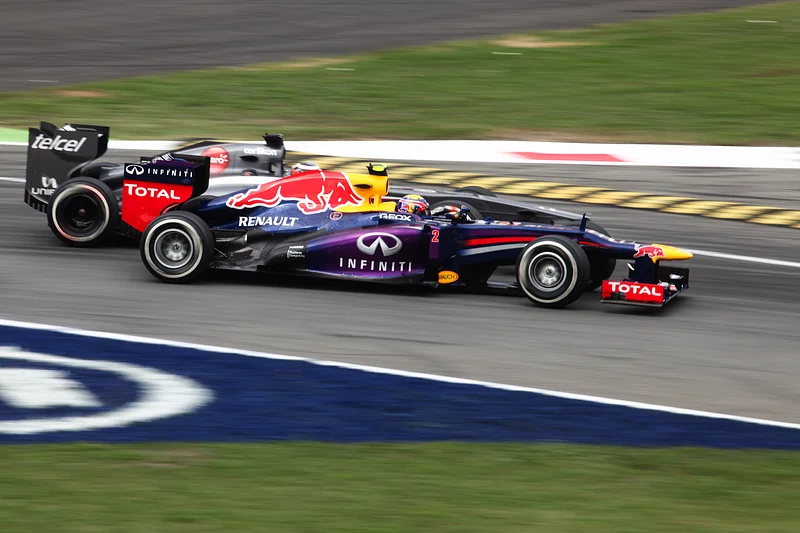For generations, Formula One has been considered the pinnacle of motorsport. With the world’s best drivers battling for a chance to win the World Drivers’ Championship, it’s no surprise that this action-filled sport is a fan favorite. Formula One is continuing to grow and excel, especially in the United States, where viewership is at an all-time high.
The Fédération Internationale de l’Automobile, more commonly known as the FIA, is the governing body for the sport. As Formula One continues to evolve, the FIA is tasked with establishing, enforcing and updating the regulations that define the sport.
This month, the FIA revealed the new Formula One regulations that will take effect for the 2026 season. These new regulations will have impacts on Formula One, ultimately changing the sport for the better.
Smaller and Lighter Cars
One of the main selling points with the 2026 regulations is the reduction in car size and weight. Over the sport’s vast history, the cars have gradually become larger and heavier. As many have continued to voice their displeasure with this evolution, the desire for smaller and lighter cars has become more apparent.
Formula One’s 2026 cars will be shorter, more narrow and nearly 70 pounds lighter. These changes look to produce a more nimble car, which will greatly benefit racing competition. Lighter cars will enable higher top-speeds and will improve fuel efficiency, producing more exciting racing.
Aerodynamic Changes
The new design of the 2026 cars look to reduce the production of “dirty-air.” Dirty-air is produced when the aerodynamics of a leading car leaves behind low-pressure air, diminishing the performance of the trailing car. Mitigating dirty-air production will promote closer racing between cars. This will create more opportunities for exciting battles and overtaking.
Active front and rear wing elements will actively alter the aerodynamics of the car during a race. The new regulations establish two new aerodynamic modes for cars, deemed “X-Mode” and “Z-Mode.”
When the car is in the X-Mode configuration, the front and rear elements will create low-drag aerodynamics for the vehicle. Similar to the current Drag Reduction System, or DRS, X-Mode will be driver-activated on designated portions of the track. With low drag, the cars will experience greater speed on the straights of a circuit.
On the other hand, Z-Mode will reconfigure the active elements to provide the car with greater cornering abilities. Z-Mode can be entered manually or when the driver brakes in X-Mode. These new configurations differ to the DRS system, as they do not require specific spacing with other vehicles to be activated.
Improved Safety
The FIA also looked to further establish and promote safety within the new car designs. Stronger roll-hoops, which are designed to support a greater load, will provide more protection for drivers in the case of a rollover accident, similar to Zhou Guanyu’s 2022 crash.
Furthermore, redesigned front-impact structures aim to protect drivers in multiple-impact incidents. Previously, the cars’ impact structures only withstood initial collisions, leaving the driver vulnerable to subsequent collisions. The new structure consists of two impact “stages,” which will provide greater protection following a primary collision.
New Powertrains
Powertrains saw some of the most significant changes with the 2026 regulations. With two new manufacturers in Red Bull Ford and Audi entering the scene, the regulations aimed to create an even playing field for everyone. A specific cost-cap for power unit production aims to decrease costs and spur innovation.
Additionally, in an effort to promote sustainability, all fossil fuels will be banned. 2026 powertrains will only utilize sustainable fuel sources. The new power units will also see an increase in electrical power, more than doubling the current power production of 120 kilowatts.
A new “manual override mode” has also been introduced, which will provide cars with extra power to aid in overtaking. The manual override option will be available to drivers when they are within a specific distance of the car ahead, similar to DRS.
Overall, the FIA’s 2026 regulations will bring smaller, lighter, safer and more sustainable cars. The culmination of these changes can be expected to produce an even more enjoyable and exciting racing spectacle for years to come.



